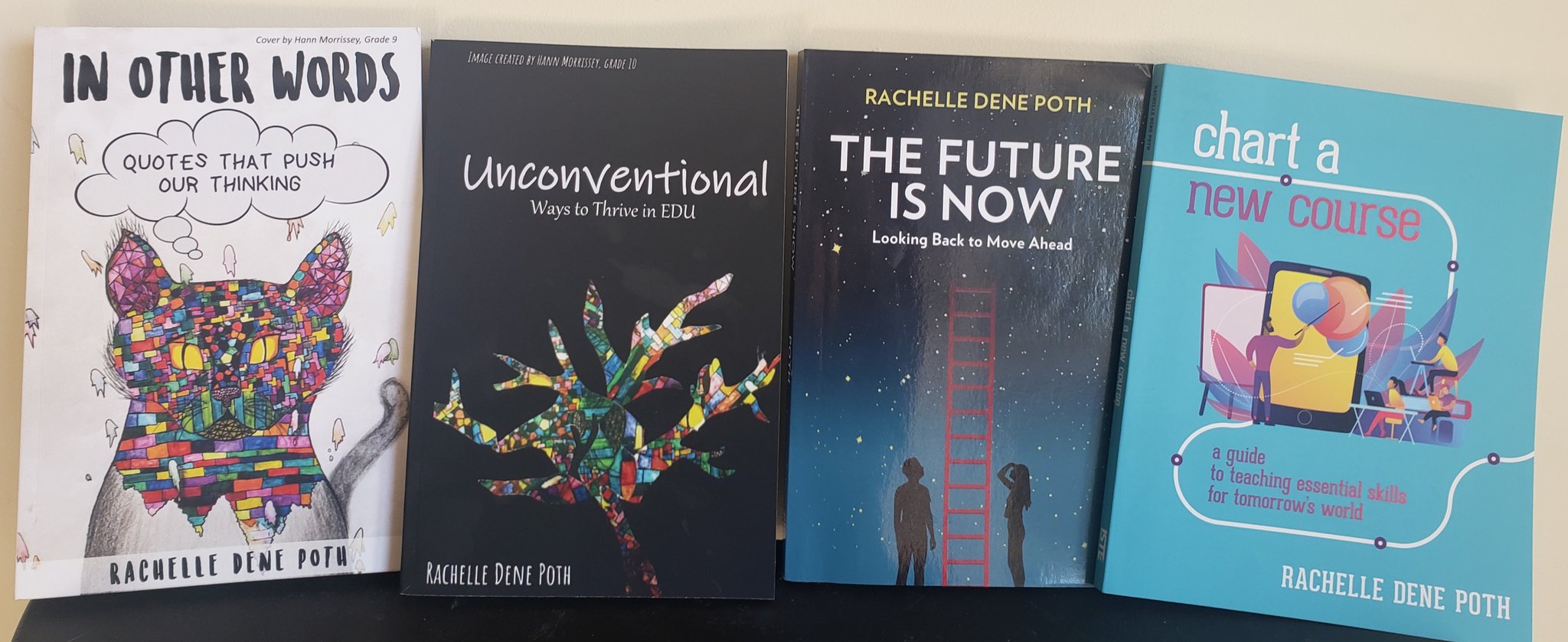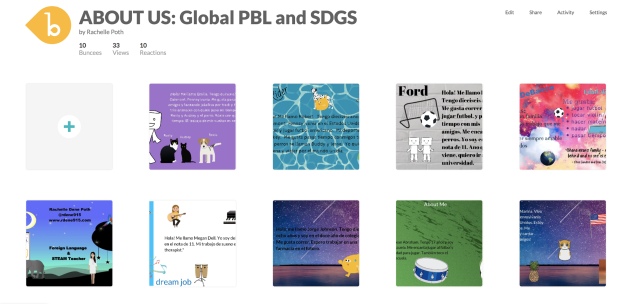Focus in the new school year: Building relationships
Rachelle Dene Poth
It is time for many to head back to the classrooms and prepare for a new year of learning and growing. It is an exciting time for educators and students to have new opportunities to learn and to reconnect. Hopefully educators and students are excited and recharged for the new year and the possibility of new ideas for learning.
For me, I am intentional in planning activities to get to know my students and for them to know one another. I often rely on some traditional methods like icebreakers and conversations, however, I also enjoy using some of the different digital tools as a way to gather some quick feedback but also to learn more about the students in our classroom.
By planning for some relationships building on that first day and during the first week back to school, we can focus on the environment and culture we are creating for our students. Covering course details and class expectations are important, but we should start by building a solid foundation so that we can work together. By starting here, we foster a positive classroom culture and welcoming environment for learning.
Learning Together
Starting from the very first day, we should be intentional about being present. Being at our classroom doors and in the hallways to greet our students as they arrive and welcome them to school is a great way to start. It is important to acknowledge all students as we see them in the halls and throughout the building, a positive step in creating a supportive climate in the building and in each classroom. We have the power to do this when we are visible and make connections to help foster a positive space for learning.
Starting back to the daily routine of school after a summer break, or any extended break during the year, always presents a good opportunity to try new ideas and to build relationships. Using intentional strategies, we can get to know our students by using games and activities that will connect classmates and will positively impact the learning environment
We can use low tech or no tech to do some icebreakers and other games to learn about one another and in some cases, review the content from the prior year. As educators, it is during this time that we should encourage students to share their stories, to make their own connections and to share with us what their goals are for our class. Fortunately, there are some easy ways to get started, whether or not edtech is involved, but it can be a great way to introduce some of the digital tools that will be used throughout the year.
Start connecting
In my classroom, we use a lot of tools throughout the year and many are focused on streamlining communication and collaboration within our classroom but also for connecting globally. Being available to our students when they have questions or need access to class resources is important since their questions do not stop when the school day ends, or over the weekend break. We also want our students to be able to connect globally and using these tools to help them facilitate these connections makes sense. Always focus on the why behind using an edtech tool in your classrooms.
How do we find the right tools
My first recommendation is that educators talk to PLN and colleagues about specific needs in a tool. Do we want students to be able to connect, to ask questions, to access classroom resources, and to interact online? Or do we want students to create presentations that they can share or collaborate in? Or maybe we want alternative ways for students to show their learning based on their needs and interests? All of these options exist. Here are five tools to explore and that are easy to get started with.
- Buncee is a “one stop tool” that educators and students need for creating a multimedia presentation full of animations, emojis, stickers, 360 images and also includes audio and video and a lot more. So many ways to create graphics, bookmarks, presentations, flipped lessons and more.
- Remind makes communication easier by enabling the sending of reminders, links to resources, or even photos, and it integrates with other digital tools that teachers use for learning.
- Padlet is thought of as a virtual wall. It helps students to collaborate, write a response to a discussion question, or even add resources for a collaborative class project, or for brainstorming,
- Wakelet is a great tool for curating content to share with students or for having students contribute to a Wakelet collection. As a teacher, I love using the Wakelet extension to save articles and websites that I come across while doing research.
- Synth is for podcasting. Students can create a podcast to discuss a topic, perhaps interview a “special guest.” It can be a different way to engage students in a discussion, promote student voice and implement a new tech tool in the classroom.
One thing to keep in mind is to make sure we are aware of any accessibility issues for our students and their families. Find out about the kind of technology and internet access available to the students when they are not in school.
Learn With Students
We learn so much from our students. Beyond the content that we teach, there are so many opportunities to extend the learning that happens in our classrooms. Whether from a quick conversation or during fun activities that we include in the lesson, we are always learning Trying some new strategies and using some of the many different digital tools to expand how, when, and where students learn can be a good example to set for students. Take some risks in the classroom and use one of these to help build and foster positive relationships. Why not have students create an About Me Buncee or Padlet, or share stories using Synth and then listen, and stay connected with Remind. As educators, it gives us a way to extend our own learning and to continue to learn and grow with our students. Sometimes we just need a new idea or tool to spark that curiosity and excitement for learning.
BIO
Rachelle Dene Poth is a Foreign Language and STEAM Teacher at Riverview Junior/Senior High in Oakmont, PA. She is also an Edtech Consultant, Attorney and author. Follow her on Twitter at @Rdene915
**Interested in writing a guest blog for my Rdene915 site? Would love to share your ideas! Submit your post here.






























